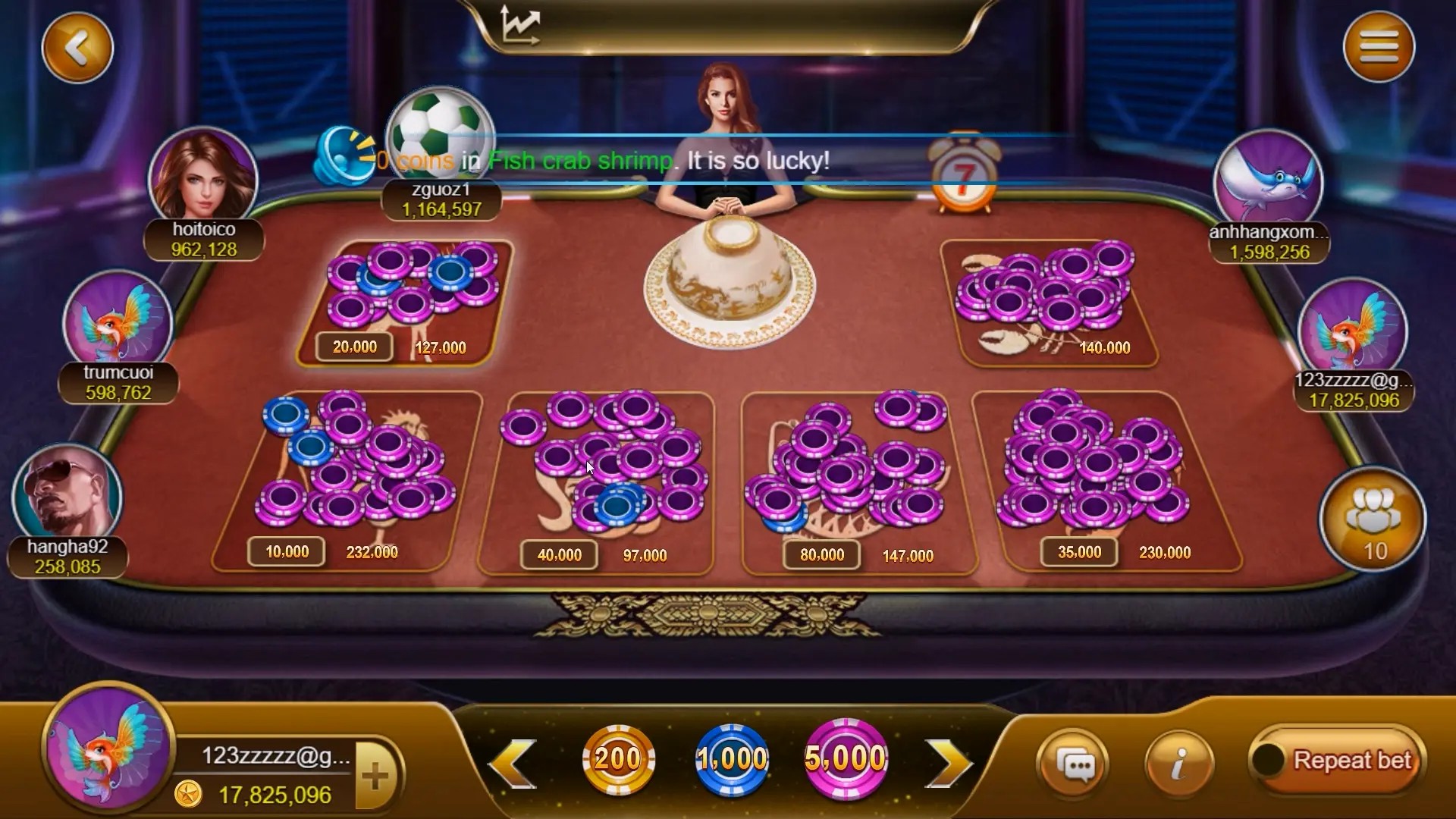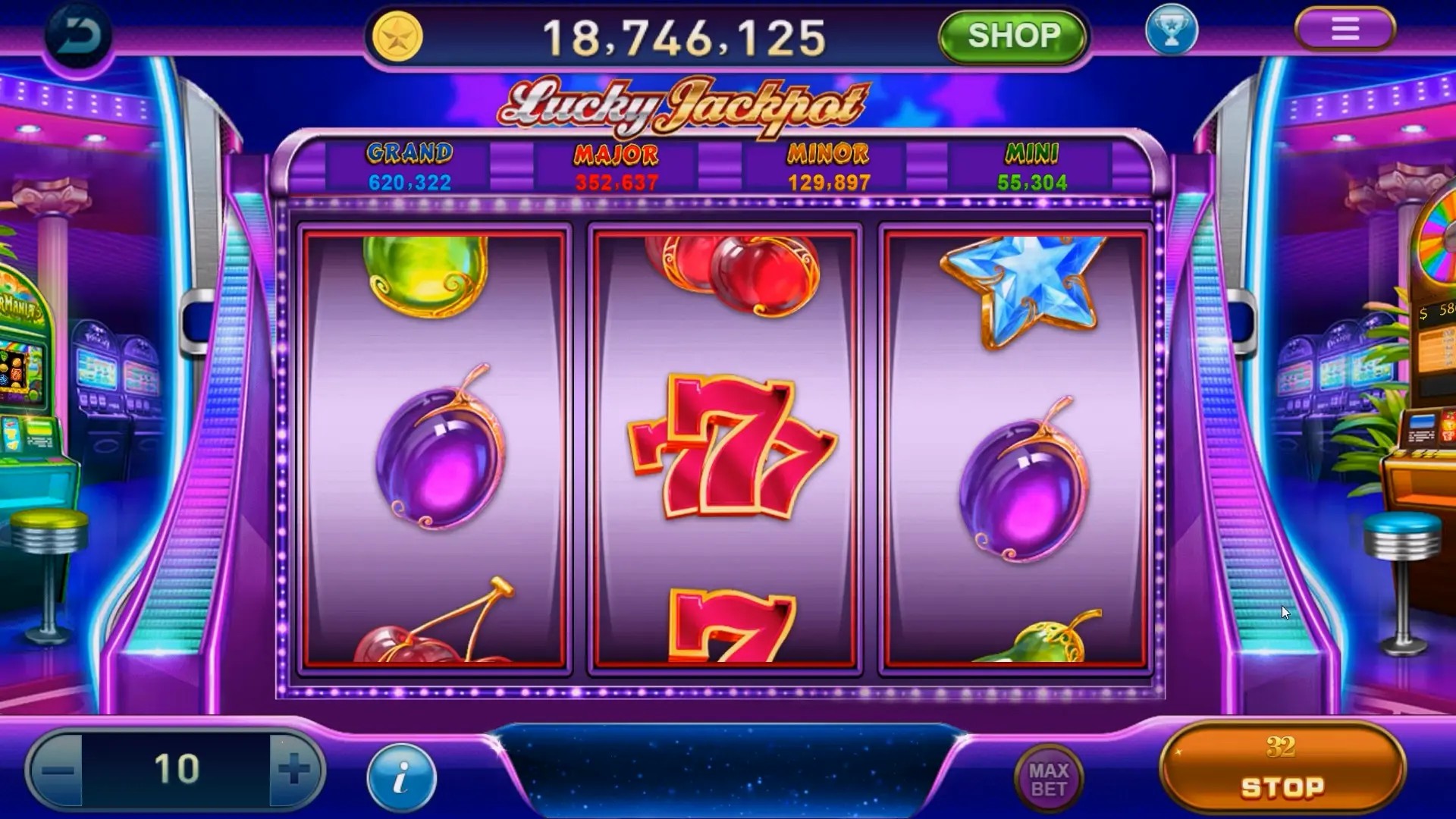Why Simulation and Building Games are Revolutionizing the Way We Create and Play
In recent years, simulation and building games have surged in popularity, changing how we engage with video games. They offer unique experiences that allow players to immerse themselves in worlds of their own creation. This article delves into the reasons behind their rise, focusing on both simulation and building games, and what makes them so appealing to gamers today.
The Appeal of Simulation Games
Simulation games such as "The Sims" or "Cities: Skylines" allow players to experience different aspects of life, whether it's managing a city or controlling the daily lives of virtual characters. Why are these games so engaging? Here are several key factors:
- Realism and Detail: Simulation games excel in creating realistic environments and scenarios.
- Player Agency: Players have the freedom to make choices that significantly impact the game world.
- Learning and Strategy: Many simulation games require strategic thinking and planning, making them intellectually stimulating.
These elements combined create experiences that feel rich and fulfilling, attracting a broad audience. Players often find themselves lost in the multitude of possibilities that these games provide.
Building Games: Crafting Your Own Universe
On the flip side, building games like "Minecraft" or "Roblox" focus heavily on the creative aspect of gaming. Players are not just limited to experiencing predetermined stories; they can construct their own worlds. Here’s what sets building games apart:
- Creativity and Expression: Players can express themselves through the designs they create.
- Community-driven Content: Many games entail a strong community aspect, allowing players to share creations and collaborate.
- Endless Possibilities: The sandbox model encourages experimentation and imaginative play.
The Social Component of Simulation and Building Games
Another remarkable aspect of both genres is their social component. Multiplayer simulations and building games create opportunities for cooperation and competition among players. Here are the ways social interactions enhance the experience:
- Building Together: Collaborating on construction projects fosters teamwork and communication.
- Sharing Experiences: Players often share their creations online, inspiring others and cultivating creativity.
- Competitive Elements: Many simulation games include competitions or challenges which drive players to compete against each other.
Exploring the Best Story Games to Play on PS5
For those pondering the best story games to play on PS5, simulation and building games might not be the first thought. Yet, they also offer narrative elements that can draw players into engaging stories. Titles such as "Dreams" allow players to create and share their own narratives, blurring the lines between storytelling and gameplay.
Star Wars: The Last Jedi Card Game
One great example of merging different gaming genres is the "Star Wars: The Last Jedi Card Game." This game, while not a simulation or building game, utilizes strategy akin to simulation games alongside a rich narrative similar to story games. This combination brings a fresh experience, showing how genres can overlap and innovate.
The Future of Gaming: A Blend of Simulation and Building
The gaming industry is constantly evolving, and the trends indicate an increasing blend between different game types. Players now seek multifaceted experiences that encompass simulation, building, and deep storytelling. Here are some future trends to watch:
| Trend | Description |
|---|---|
| Augmented Reality | Incorporating real-world elements into digital gameplay. |
| Enhanced AI | Creating more realistic player interactions and scenarios. |
| Cross-Platform Play | Bringing together players across different platforms. |
Conclusion
Simulation and building games have not only redefined how we interact with games but have also merged various aspects of gaming to create richer experiences. As technology advances and player preferences evolve, we are likely to see more games that combine storytelling, strategy, and creativity. The future of gaming looks bright, and we can only anticipate the innovative directions these genres will take.



